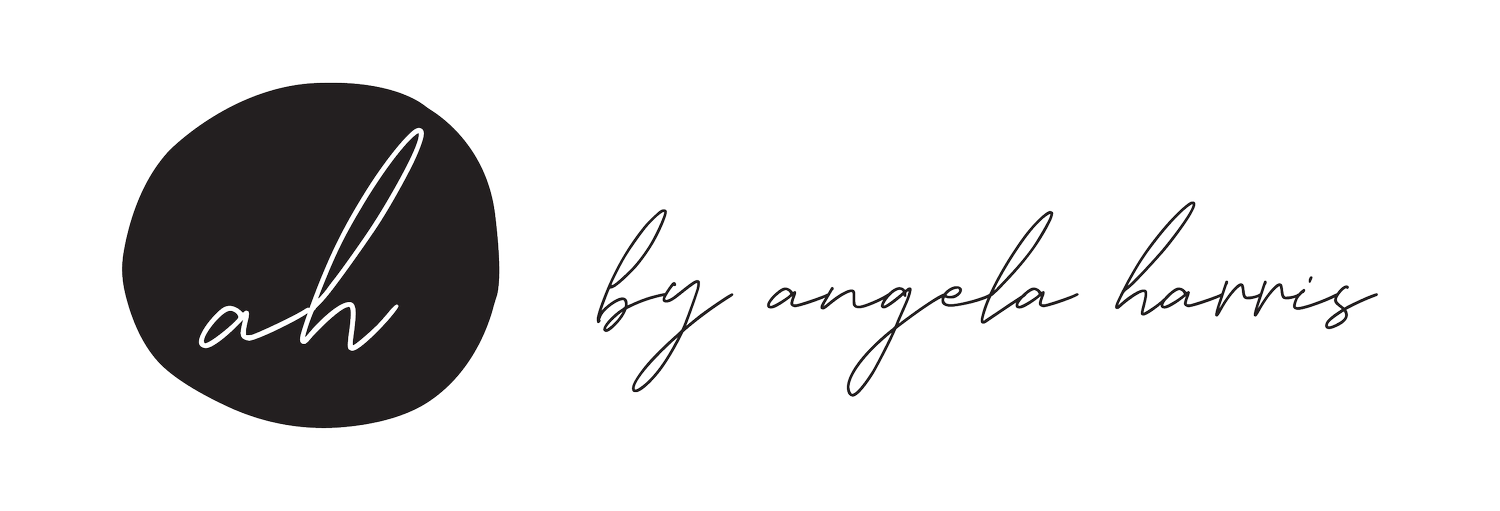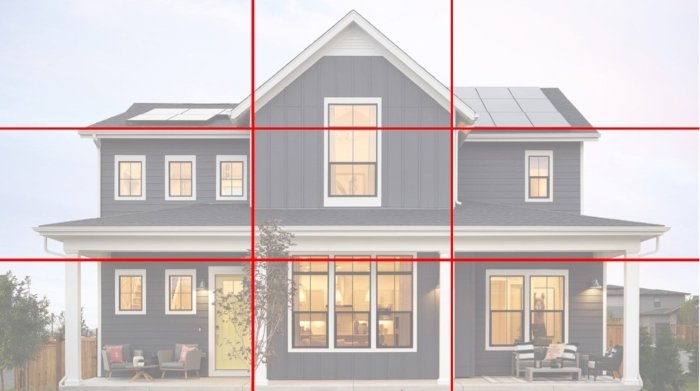Book Review: Beauty, Neuroscience & Architecture
This book transforms the way we understand beauty and how it affects our well-being
There is so much to know and learn about the connection between science and design. From how spaces make us feel stressed to understanding why certain design elements make us feel at ease, the study of neuroaesthetics takes a deeper look at our understanding of beauty and how it affects our well-being.
Beauty, Neuroscience & Architecture: Timeless Patterns and Their Impact on Our Well-Being by architect and author Donald H. Ruggles, AIA, is an incredible resource for understanding the connection between science and design. The book explores the connection between architecture, beauty, and the human brain—and why design affects our emotional and physical responses to certain buildings and spaces.
The old adage “Beauty is in the eye of the beholder” is challenged by Ruggles’ theory arguing that beauty, instead, is defined by an innate comprehension related to survival and security. In other words, there are things that all human beings understand as beautiful. “Now, [we are realizing] that beauty originates as an intuitive, emotional response in our ancient brain as the recognition of a pattern that has the potential for pleasure,” says Ruggles in an interview with Business of Home.
This home, built by Thrive Home Builders, is evidence of the power of the 9-square pattern in home design. Photo courtesy of TRIO.
“Visual patterns have the ability to trigger physical responses so powerful that they encode themselves in our genes. They become hereditary,” says Ruggles about the fundamental predisposition of the human brain to seek survival and pleasure. Understanding our subconscious brain and its behavior supports the idea that beauty is deeply rooted in patterns that were established in human prehistory.
The iconic nine-square pattern found in architecture helps explain the importance of geometry in creating simplicity and harmony in a space. This pattern, Ruggles theorizes, is a signal of safety, security and thus, beauty, because it derives from the facial pattern that infants prefer.
The succulent is an example of fractals, or similar geometric patterns repeating at different scales.
From repeating fractal patterns found in nature to the iconic nine-square pattern in architecture, this book explores the connection between nature and how it inspires architecture and design today. “...patterns that consistently generated pleasure were repeated throughout millennia. Eventually, they evolved to become important, recurring patterns in our artistic and built environment,” Ruggles writes.
The book examines how the patterns and forms found in architecture can impact our emotional and physical well-being by affecting our brains in ways that enhance or detract from our health.
Ruggles argues that understanding this relationship can lead to more intentional and effective design of spaces that promote health and happiness. While many of the examples in the book are famous exteriors of iconic architecture, this connection between science and design can and should inform interior design decisions now.
Our mission is to spread the word about the principles of neuroaesthetics, and how beauty enhances our health, our sense of well-being, and our lives.



